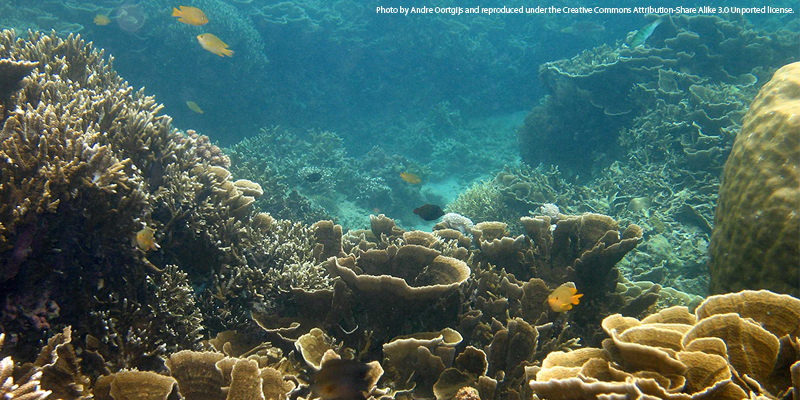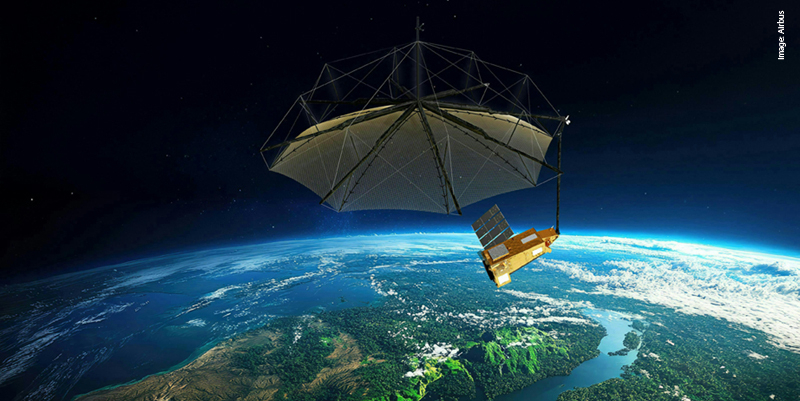Over a decade ago, the OGC scope for standard work expanded beyond its original GIS focus. The OGC has now become an important standards organisation in ‘hot’ technology topic areas such as sensors, the Internet of things, smart grid and augmented reality. As the OGC grows into new market domains, OGC’s open standard interfaces and encodings increasingly become the ‘geospatial lingua franca’ of the information technology world.â©
To suggest the scope of our activities, this month we provide an overview with highlights of current work in some of the 22 active OGC standards working groups (SWGs) and 26 active OGC domain working groups (DWGs).â©
Aviation DWGâ©
Several of the world’s major government aviation organisations, working with large and small aviation companies, have developed outside the OGC the aeronautical information exchange model (AIXM) and the weather information exchange model (WXXM). WXXM has been developed in coordination with the World Meteorological Organization. Both standards make use of the OGC geography markup language (GML) encoding standard and testing of these has been done in OGC testbeds.
â©Energy and Utilities DWGâ©
The OGC is working with the Pipeline Open Data Standard (PODS) Association to identify opportunities involving the association’s widely used PODS and the OGC’s consensus standards process. The OGC, along with the International Association of Oil and Gas Producers and the Geomatics Committee of IPIECA, the global oil and gas industry association for environmental and social issues, and Resource Data are developing an oil spill response common operating picture recommended practice. Standards important in the smart grid use GML: the IEC common information model is harmonised with WXXM and the OASIS energy market information exchange uses GML. Energy mapping and integrated community energy systems are also current topics.â©
Earth Systems Science DWGâ©
Support for a potential ‘carbon markup language’ SWG to support CO2 emissions trading is building. Discussion of this topic began in the Energy and Utilities DWG last year, and discussion continued in the Earth Systems Science DWG at the March OGC technical committee meeting. â©
IndoorGML SWGâ©
Recently released for public comment, IndoorGML is an application schema of OGC GML to support indoor navigation applications. IndoorGML will work in a complementary and synergistic way with the OGC CityGML encoding standard, an information model for the representation of 3D urban objects (see also www.indoorgml.net).â©
3D Information Management DWGâ©
IndoorGML has been a topic recently and so has the 2013 chartering of the Land and Infrastructure DWG, which is reviewing the current LandXML schema and determining how best to support LandXML users. LandXML (not an OGC standard) is a format for encoding and exchanging civil engineering and surveying data.â©
3D Portrayal SWGâ©
Cooperating with the Web3D Consortium, this SWG is advancing the OGC web 3D service interface standard and the OGC web view service discussion paper to the state of an integrated, adopted OGC standard. This will provide a standard interface for web-based scene graph rendering and image-based rendering of 3D city models. â©
It will be implemented by providers of 3D city models and it will undoubtedly play a role in augmented reality.â©
Augmented Reality Markup Language (ARML) 2.0 SWGâ©
At the Mobile World Congress in February in Barcelona, Layar, Metaio and Wikitude, the largest augmented reality (AR) platform providers, participated in the world’s first AR browser-interoperability demonstration to show how the OGC candidate standard ARML 2.0 makes it easy for AR content to be shared across their platforms. ARML 2.0 will enable AR content creators to follow the ‘write once, run anywhere’ principle.â©
Hydrology DWG and WaterML 2.0 SWGâ©
In 2014, results of phase six of the Global Earth Observation System of Systems (GEOSS) architecture implementation pilot (AIP) were presented at the 10th summit of the Group on Earth Observation in Geneva, Switzerland. The GEO X summit included a ministerial summit attended by ministerial representatives from the 90+ member countries. They voted unanimously to continue the GEOSS initiative for another 10 years. â©
The OGC was a lead player on the team that addressed the water societal benefit area (WSBA). The AIP-6 WSBA goals were to improve: â©
- Discovery and access to water resources data around the world.â©
- Integration of gridded and time series data.â©
- The tools and processes for federating the regional and national picture to GEOSS, while demonstrating the benefits of an already operational federated regional water data system within a country. â©
These goals were met and the team was enthusiastically applauded at the GEO X Summit.â©
Publishing groups â©
The Coverages DWG, the Web Coverage Service SWG, GML in JPEG 2000 SWG, Web Processing Service 2.0 SWG, Earth Observation Product Metadata and OpenSearch SWG, and the Catalogue Services 3.0 SWG significantly expanded the OGC’s suite of open standards for seamless service-based publishing, discovery, assessment, ordering, access and processing of geospatial information, particularly raster images.â©
GeoPackage SWGâ©
In February 2014, the OGC membership approved GeoPackage as an official OGC standard. GeoPackage is based on SQLite, a widely used open source database. GeoPackage gives mainstream application developers an easy mechanism for accessing GIS data and raster data in a format that can be used directly by mobile devices. It supports applications that must accommodate intermittent connectivity and it provides a lightweight set of ‘hooks’ to access remote geoprocessing services.â©
GeoSciML SWGâ©
Chartered in 2013, this SWG works to progress the internationally adopted GeoSciML data model and application schema for geoscience information interchange to the state of an adopted OGC standard. â©
Law Enforcement and Public Safety DWGâ©
This DWG organised a summit at the March 2014 OGC meeting. Presentations featured reports on implementations of OGC standards in the law enforcement and public safety information systems of countries around the world. A unified geo-data reference model for law enforcement and public safety services is being considered by the DWG for advancement as an OGC best practiceâ©
Health DWGâ©
This new DWG was established in late 2013 to focus on requirements for OGC standards in those health domain application areas that involve location content. â©
I15 Extension Package of ebRIM Profile of CS-W SWGâ©
This SWG is developing a candidate standard for the discovery and management of ISO 19115 and ISO 19119 metadata. This work, which has implications for INSPIRE, is based on work done in a European project called ‘global monitoring for environment and security’. â©
Moving Features SWGâ©
This group was chartered last year to develop a candidate ‘moving features’ standard. ‘Moving features’ include such things as vehicles and pedestrians. â©
Points of Interest SWGâ©
This SWG is working on an encoding standard for ‘points of interest’ (POIs) data. A POI is a location for which information is available, and can be simple – a set of coordinates, a name and a unique identifier – or more complex, such as a 3D model of a building with names in multiple languages, a civic address and so on.â©
Sensor Web for IoT SWGâ©
This SWG is expected to release a draft standard this year based on existing ‘web of things’ protocols that also leverages the existing and proven OGC sensor web enablement family of standards.â©
University DWGâ©
An OGC academic summit will be part of the September 15-19 OGC technical committee meeting to be held at the University of Calgary, Calgary, Alberta, Canada. The group is working to arrange publication of a journal for OGC-related research and plans are under way for OGC App Challenge 2014, as well as the development of educational materials related to OGC standards and best practices. â©
Follow this monthly column in GeoConnexion International for more details!â©
Lance McKee is senior staff writer at the Open Geospatial Consortium (www.opengeospatial.org)
Subscribe to our newsletter
Stay updated on the latest technology, innovation product arrivals and exciting offers to your inbox.
Newsletter

